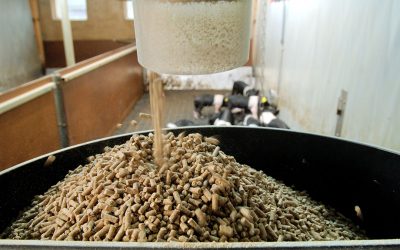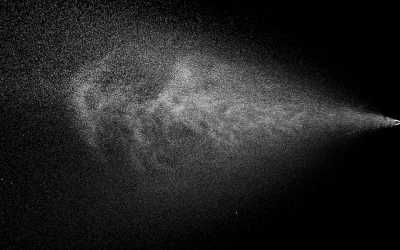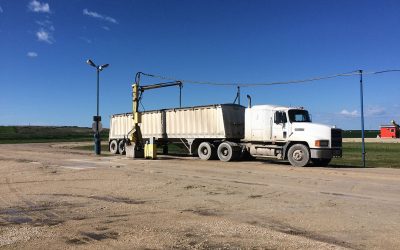Feed inspection finds few violators
In the US the Food and Drug Administration (FDA) is carrying out the controls on the ruminant feed ban of 1997 and the enhanced feed ban of 2009. Few violators have been found among the 76,000 inspection reports.
The ruminant feed ban and enhanced feed ban were implemented to avoid the spread of BSE among the food chain. As of March 6, 2010, FDA had received over 76,000 inspection reports since 1997.
The inspection conclusions are reported as Official Action Indicated (OAI), Voluntary Action Indicated (VAI), or No Action Indicated (NAI). A firm’s compliance status and whether the firm handles prohibited material is based on its most recent inspection.
OAI assumes e.g. insufficient manufacturing procedures to avoid that ruminant feeds are not contaminated with prohibited materials.
Inspections classified with VAI violations are more technical violations of the Ruminant Feed Ban. These include provisions such as minor recordkeeping lapses and conditions involving non-ruminant feeds.
An NAI inspection classification occurs when no objectionable conditions or practices were found during the inspection or the significance of the documented objectionable conditions found does not justify further actions.
The results to date are reported here both by “segment of industry” and “in total”, however a single firm can operate as more than one firm type. As a result, the categories of the different industry segments are not mutually exclusive.
Industry segment* | No. inspected | No. handling prohibited materials | OAI | VAI |
Renderers | 270 | 153 | 0 | 4 |
Licensed feed mills | 1,041 | 485 | 1 | 2 |
Feed mills not licensed | 5,276 | 2,705 | 0 | 21 |
Protein blenders | 336 | 155 | 0 | 1 |
Prohibited material users | 6,671 | 460 | 1 | 9 |
Other firms | 24,675 | 8,285 | 1 | 106 |
Total firms | 29,535 | 8,885 | 1 | 192 |
Industry segment:
Renderers are the first to handle and process (i.e., render) animal proteins and to send these processed materials to feed mills and/or protein blenders for use as a feed ingredient.
Licensed feed mills – FDA licenses these feed mills to produce medicated feed products. The license is required to manufacture and distribute feed using certain potent drug products, usually those requiring some pre-slaughter withdrawal time. This licensing has nothing to do with handling prohibited materials under the feed ban regulation. A medicated feed license from FDA is not required to handle materials prohibited under the Ruminant Feed Ban.
Feed mills not licensed by FDA – These feed mills are not licensed by the FDA to produce medicated feeds.
Protein blenders are firms that blend rendered animal protein for the purpose of producing quality feed ingredients that will be used by feed mills.
Prohibited material users are renderers, feed mills and protein blenders manufacturing with prohibited material and includes only those firms that actually use prohibited material to manufacture, process, or blend animal feed or feed ingredients.
Other firms – Examples of such firms include ruminant feeders, on-farm mixers, pet food manufacturers, animal feed salvagers, distributors, retailers, and animal feed transporters.
Total firms – Note that a single firm can be reported under more than one firm category; therefore, the summation of the individual OAI/VAI firm categories will be more than the actual total number of OAI/VAI firms, as presented below.
Source: U.S. Food and Drug Administration











